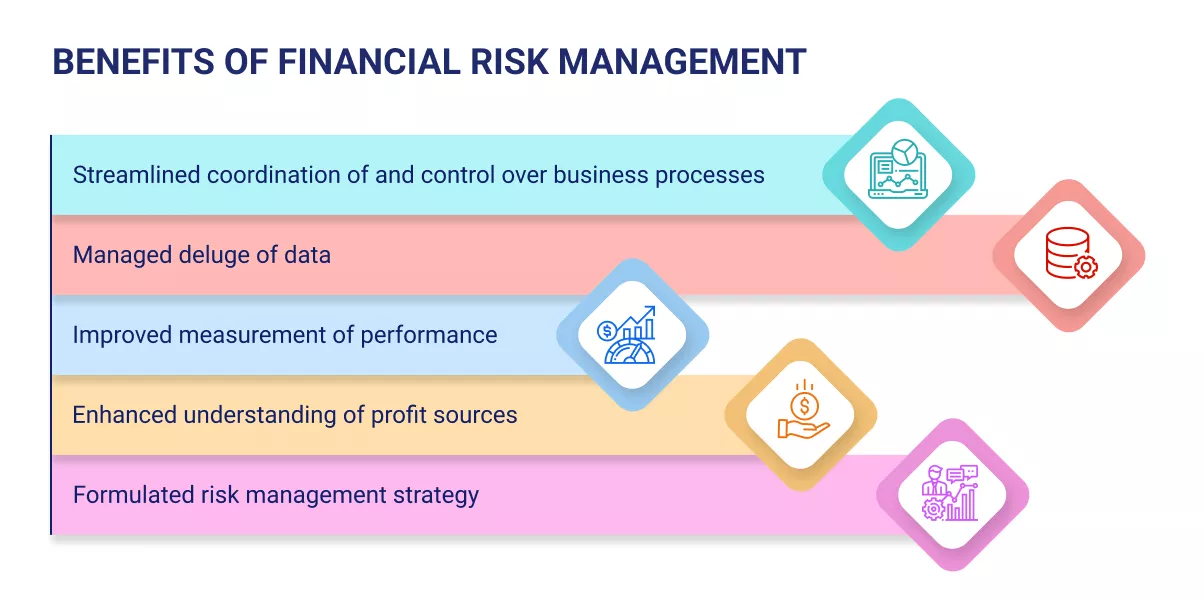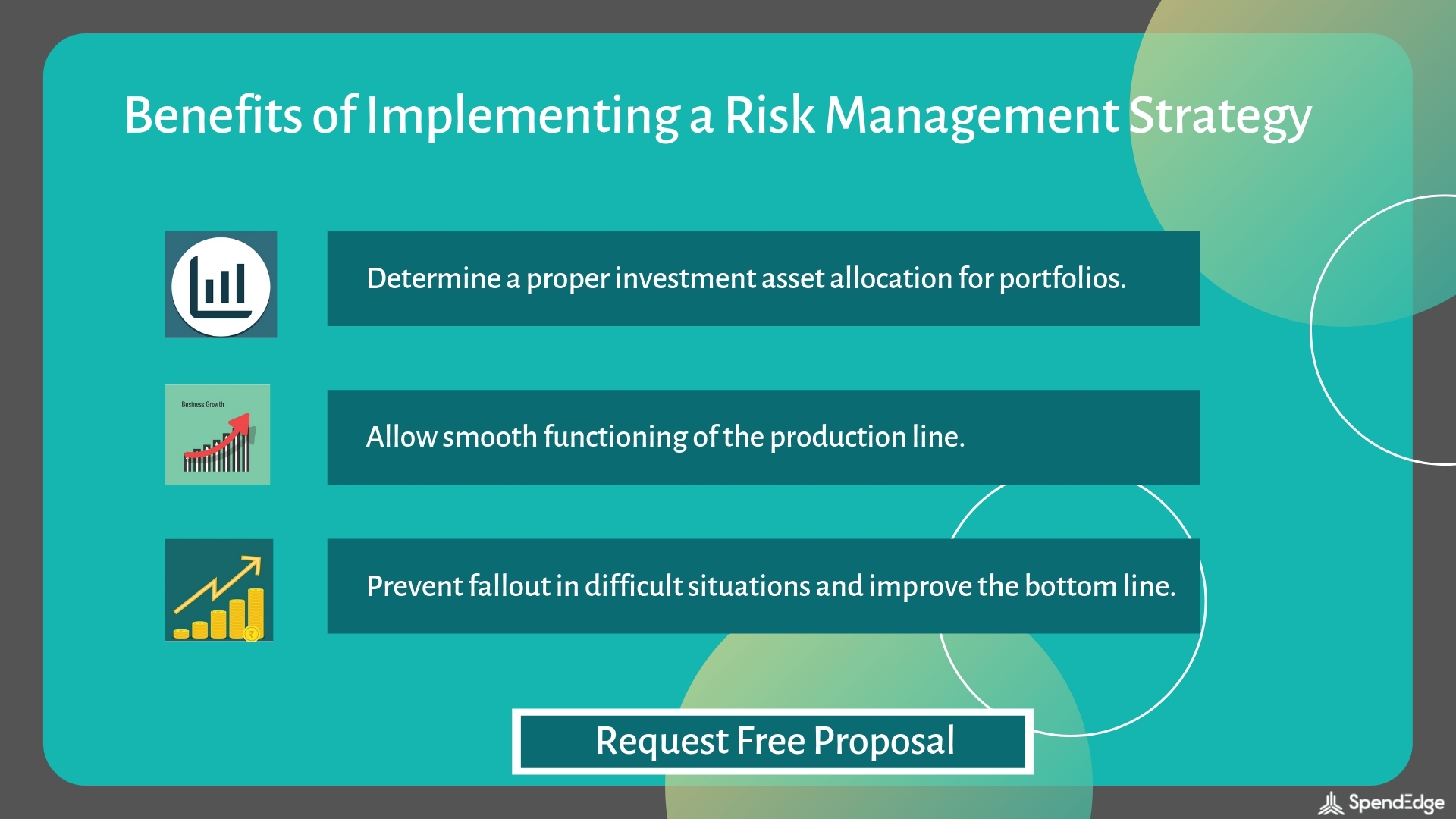How the Importance of Risk Management Promotes Successful Project Outcomes
How the Importance of Risk Management Promotes Successful Project Outcomes
Blog Article
Checking out the Importance of Risk Management for Effective Decision-Making Approaches
In the intricate world of company, Risk Management becomes a critical aspect in the decision-making process. The capability to identify potential risks and chances, and plan as necessary, can lead to the distinction in between success and failure. With tools such as SWOT and PESTEL, organizations are furnished to make educated options, cultivating resilience and adaptability in an ever-changing environment. Wondering how this works? Let's unbox the characteristics additionally.
Understanding the Principle of Risk Management
Risk Management, an essential element in decision-making, is usually misconstrued or oversimplified. Normally, it refers to the identification, examination, and prioritization of risks to lessen, keep track of, and manage the probability or influence of regrettable events. However, it's not merely regarding preventing adverse end results, yet likewise about identifying prospective opportunities. Risk Management entails organized and disciplined methods, utilizing data and informative evaluations. It requires a detailed understanding of the company's context, purposes, and the potential risks that can combat them. From monetary unpredictabilities, lawful obligations, strategic Management errors, to accidents and all-natural calamities, it deals with various dangers. Importantly, effective Risk Management is not stationary; it's a constant, progressive process that evolves with altering conditions.
The Function of Risk Management in Decision-Making Processes
In the realm of calculated preparation and business operations, Risk Management plays an integral function in decision-making procedures. Risk Management thus ends up being a vital device in decision-making, helping leaders to make informed choices based on a thorough understanding of the threats entailed. Risk Management serves as an important component in the decision-making processes of any company.

How Risk Management Improves Strategic Preparation
In the context of tactical preparation, Risk Management plays an essential role. Launching with the recognition of possible risks, it better prolongs to the application of Risk mitigation measures. The function of Risk Management is vibrant however not fixed, as it requires consistent tracking and adjusting of strategies.
Identifying Prospective Dangers

Carrying Out Risk Mitigation
Risk mitigation approaches can vary from Risk avoidance, Risk transfer, to run the risk of reduction. Each technique ought to be tailored to the particular Risk, considering its potential impact and the company's Risk resistance. Reliable Risk reduction needs a deep understanding of the Risk landscape and the prospective influence of each Risk.
Monitoring and Changing Strategies
Though Risk reduction is an important action in tactical planning, constant surveillance and adjustment of these techniques is just as essential. It likewise provides a chance to examine the success of the Risk Management measures, allowing changes to be made where needed, additional improving calculated preparation. Tracking and adjusting Risk Management strategies is a crucial component for enhancing an organization's resilience and tactical preparation.
Situation Researches: Effective Risk Management and Decision-Making
In the globe of service and financing, successful Risk Management and decision-making frequently offer as the pillars of thriving enterprises. These cases highlight the value of sharp Risk Management in decision-making procedures. These instances underscore the important function of Risk Management in calculated decision-making.
Devices and Methods for Effective Risk Management
Browsing the detailed maze of Risk Management requires the ideal collection of tools and strategies. These tools, such as Risk signs up and warm maps, help in recognizing and examining prospective threats. Methods consist of both quantitative methods, like sensitivity evaluation, and qualitative approaches, such as SWOT analysis. These aid in focusing on dangers based on their possible effect and likelihood. Risk response methods, a vital component of Risk Management, involve accepting, staying clear of, transferring, or mitigating dangers. Monitoring and managing dangers, through routine audits and testimonials, ensure that the methods stay efficient. With these strategies and tools, decision-makers can browse the facility landscape of Risk Management, thus facilitating educated and reliable decision-making.
Future Patterns in Risk Management and Decision-Making Strategies
As we discover the huge landscape of Risk Management, it becomes noticeable that Going Here the techniques and devices made use of today will certainly remain to progress. Future trends aim in the direction of an enhanced reliance on technology, with fabricated intelligence and artificial intelligence playing significant roles. These technologies will enable organizations to predict potential threats with higher accuracy and make more educated decisions. Furthermore, there will certainly be an expanding emphasis on resilience, not just in handling threats yet likewise in recovering from negative situations. The principle of Risk society, where every member of an organization is mindful and Discover More Here involved in Risk Management, will get more prestige. These trends advertise an even more comprehensive and proactive strategy towards Risk Management and decision-making.
Verdict

Risk Management thus comes to be a crucial tool in decision-making, aiding leaders to make informed selections based on an extensive understanding of the dangers included. Risk reduction strategies can range from Risk evasion, Risk transfer, to take the chance of decrease (importance of risk management). Effective Risk mitigation calls for a deep understanding of the Risk landscape and the possible influence of each Risk. Risk reaction techniques, a vital element of Risk Management, involve accepting, avoiding, transferring, i thought about this or mitigating threats. The principle of Risk culture, where every participant of an organization is aware and involved in Risk Management, will obtain a lot more prestige
Report this page